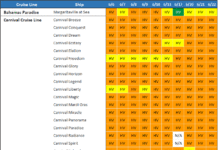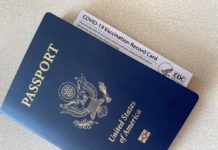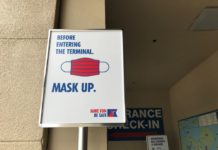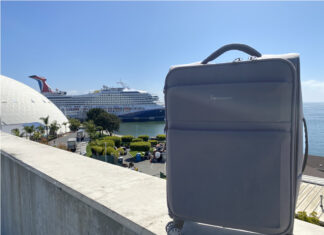Without fanfare, an important piece of information regarding health inspections on cruise ships is no longer easily available to passengers. What’s odd is that this comes at a time when the health and safety of cruise ships is at the forefront of the public’s mind.
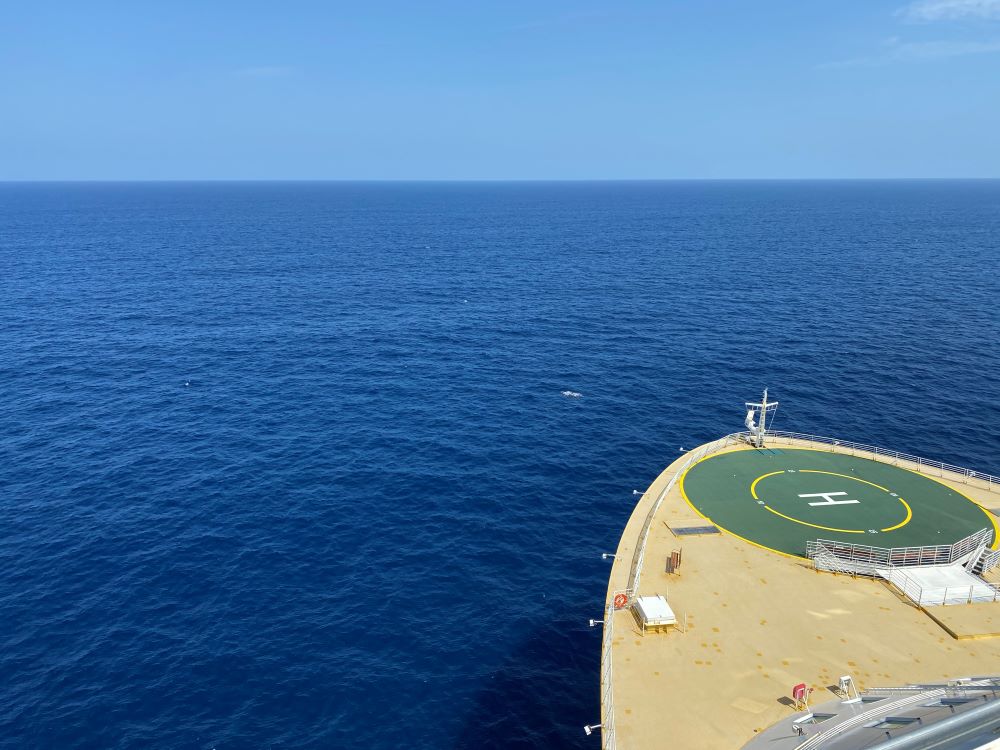
The Vessel Sanitation Program (VSP) may not be well-known, even among experienced cruise passengers. However, it’s an important piece of accountability in keeping the traveling public healthy.
The VSP can be thought of as the equivalent to local health department inspections at a restaurant. Through the program, which is operated by the Centers for Disease Control (CDC), cruise ships undergo twice yearly unannounced health inspections from bow to stern.
A report is then issued with the inspection’s findings. However, the reports the program used to publish regularly on its website have not been updated for more than two years.
What the VSP Means for Cruise Ships and Passengers
During these vessel inspections, inspectors check everything from medical facilities to pools, children’s areas, ventilation and more. Here’s a full list of the eight different areas covered in a typical VSP inspection:
- Medical Facilities
- Potable Water Systems
- Swimming Pools & Spas
- Galleys and Dining Rooms
- Child Activity Centers
- Hotel Accommodations
- Ventilation Systems
- Common Areas
How thorough are the inspections? Each one can take multiple inspectors 8-10 hours to conduct. They also come at a high price. The largest ships have an inspection fee of nearly $18,000 according to the CDC.
After the inspection, the ship is given a score based on a 100-point scale. Anything that’s 86 or above is considered “satisfactory.” But a score of 85 or below is considered “not satisfactory” grade.
Given how much emphasis cruise lines place on sanitation, it’s relatively rare for a ship to score a failing mark, but it does happen from time to time. Most scores, however, are in the mid-90s and above, with a number of ships scoring perfect “100” marks.
No matter the score, a report on the inspection — complete with violations — is posted on the CDC’s website. Here, the public can search through all the ships inspected, find their scores, and read an inspection report about findings.
Or the public used to be able to easily see the scores and inspection reports. Since cruises have returned to sailing, the CDC’s website still doesn’t show any new reports.
With cruises not sailing for an extended period, it made sense that these reports were not updated. However, ships returned to sailing in June 2021. As of today, the last reports shown in the CDC’s database are from March 2020 — more than two years ago:

Given that health is on many people’s minds, we contacted the CDC directly about the Vessel Sanitation Program, its current status, and if these inspections are still happening.
It turns out that due to the pandemic, the agency has changed some aspects of the inspection reporting.
CDC Still Inspecting for Health Issues on Cruise Ships
First things first, according to the CDC, the Vessel Sanitation Program inspections are still taking place.
However, due to the health agency’s work with cruise lines regarding Covid-19 protocols, the VSP is now falling under that umbrella.
“CDC’s vessel sanitation work on cruise ships is currently being conducted as part of the agency’s COVID-19 response,” a CDC spokesperson told Cruzely.
“CDC personnel are working closely with cruise ship operators to regularly conduct cruise ship inspections. Per CDC’s Operations Manual for CDC’s COVID-19 Program for Cruise Ships Operating in U.S. Waters, cruise ship operators must continue to follow the Vessel Sanitation Program (VSP) 2018 Operations Manual.”
“CDC inspectors routinely evaluate whether cruise ships are implementing and maintaining public health standards in accordance with CDC’s COVID-19 Program for Cruise Ships. They also evaluate adherence to environmental health and sanitation standards outlined in the VSP 2018 Operations Manual.”
In other words, sanitation protocols and oversight have not gone anywhere.
What has changed, however, is the public’s access to the scores and contents of the inspection reports.
Reports Used to be Easily Accessible. Now They Require a Freedom of Information Act Request
If the CDC’s health inspections are still ongoing, then why have there been no updates to the listings where the public used to be able to easily access them?
The CDC told us that “reports from these inspections are provided to the cruise ship operator. The reports are publicly available through a Freedom of Information Act request.” (emphasis added)
“Reports from these inspections are provided to the cruise ship operator. The reports are publicly available through a Freedom of Information Act request.“
-CDC Office of Communication
According to the health agency, “the latest reports will not be posted while vessel sanitation work on cruise ships is being conducted as part of the agency’s COVID-19 response.”
That means for now, the public can no longer easily see inspection scores or read the reports. Instead, anyone wanting access must go through the process of filing a Freedom of Information Act request, a process that’s much more complex and far less friendly to the public compared to having the information easily accessible online.
No Reason to Think Sanitation Is Lacking
To be sure, there’s little reason to doubt that the cruise lines and CDC aren’t doing all they can to ensure a safe and clean environment on the ship — especially given the scrutiny on cruising in light of the recent health crisis. After all, cruise ships must still follow the VSP manual to maintain public health standards.
In fact, the CDC continues to publish information about gastrointestinal outbreaks on cruise ships, as it has for years. Since cruises returned in 2021, there has only been one outbreak reported on the CDC’s website. In 2019, the last full year before cruise paused, there were ten such instances.
Even so, it seems puzzling that inspection reports are no longer easily available for the public to view. This also seems to go against the publication information laid out in the VSP Operations Manual:
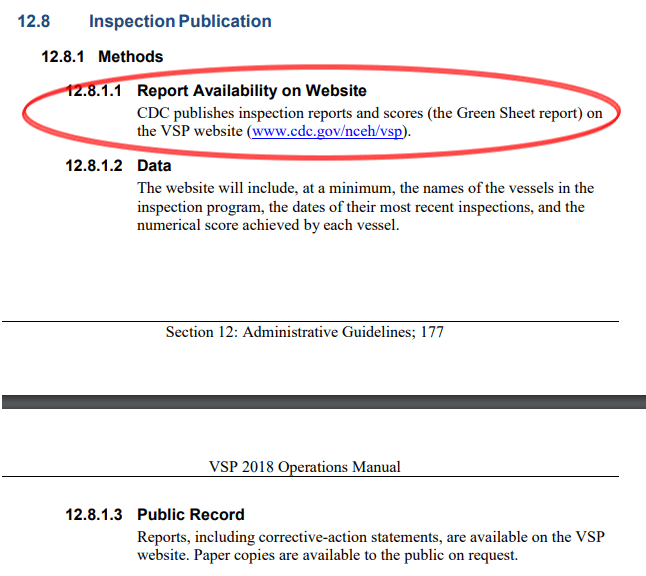
According to the manual, the CDC’s reports are on the VSP website and will include “at a minimum” the name of the ship, the inspection date, and the score earned. Obviously that’s not currently the case given the pandemic, and there’s no clear timeline when it might be again.
For now at least, if you want to see the health reports for your upcoming cruise, then you can learn more about filing a Freedom of Information Act request with the CDC here.

